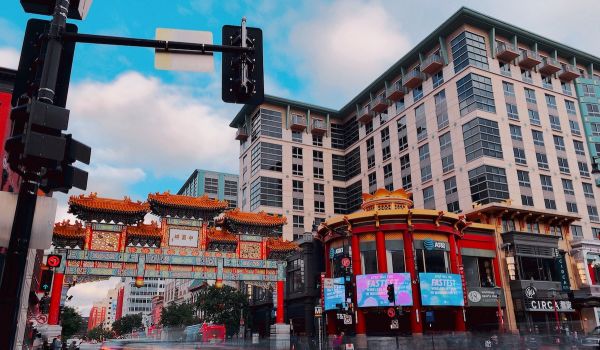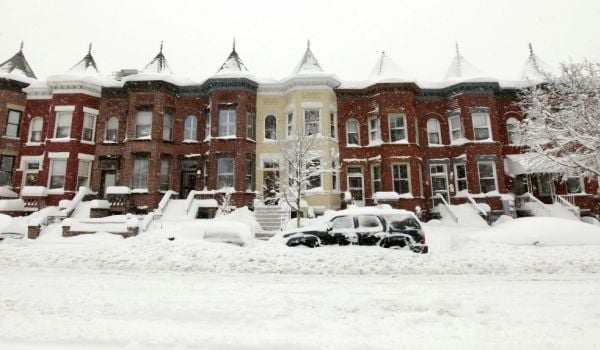Sociologists have long understood the effects of concentrated poverty on a community. In the late 60’s, Allan H. Spear wrote about how concentrated poverty and racial discrimination created a ghetto out of an otherwise decent neighborhood on the South Side of Chicago. At the same time, HUD was taking a Modernist-architecture-centric approach to solving inner city poverty; they tore down swaths of run-down housing to replace them with towers in gardens, inspired by Le Corbusier’s designs. In Chicago, Cabrini-Green and the Robert Taylor Homes are two of the most infamous examples of this practice. Some time later, a young Barack Obama would be a community organizer in the very same city, working with South Siders put out of work due to deindustrialization. Our president saw at once the effects of concentrated poverty on a community, and the ways in which the federal government often does more harm than help, with certain programs.
Perhaps this was instructive. A new White House Office of Urban Affairs initiative — perhaps its first? — was launched last week that seeks to tackle the problems of concentrated urban poverty. It’s called the Neighborhood Revitalization Initiative, and it combines the efforts of the Departments of Housing and Urban Development, Education, Justice, Health and Human Services, and even the Treasury. The Neighborhood Revitalization Initiative brings with it a lot of institutional memories, and because of this, it shouldn’t have the unintended consequences so many late 20th century federal programs had: the flee to suburbia subsidized by the FHA and the Highway Act; the vertical concentration of poverty and isolation caused by HUD’s urban renewal projects.
The press release tells us that the Initiative is designed to be interdisciplinary, coordinated, place-based, data- and results-driven, and flexible. Compare that with the heavy-handed destruction that passed for urban revitalization just a few decades ago. It’s clear that the Neighborhood Revitalization Initiative comes from a group of people who have learned about their institutions’ past failures.
The Initiative combines the efforts of five different agencies’ place-based programs: HUD’s Choice Neighborhoods program, which funds the transformation of distressed public and assisted housing into mixed-income housing; Department of Education’s Promise Neighborhoods program, which funds cradle-to-career education initiatives modeled after Harlem Children’s Zone; Department of Justice’s Byrne Criminal Justice Innovation, which provides funding to foster partnerships between law enforcement agencies and community organizations; and finally, Health and Human Services’ Community Health Centers and which provide free health care to the neediest, as well as their Behavioral Health Services which provide psychiatric and addiction treatment to poor communities. The targeted neighborhoods will provide the place — and more specifically, probably public schools and housing — where these programs will be layered atop one another, all while utilizing already existing community organizations’ experience, social capital, and networks to better implement these programs, and make them work on a local level.
Next American City readers actually provided the questions for the White House Office of Urban Affairs live chat, which was hosted by Derek Douglas last week. You all came up with excellent questions.
Next American City contributor Carly Berwick asked a very difficult question that exposed a possible flaw inherent to programs like this one, no matter how well-thought-out they are. She asked how small amounts of grant money — often around $500K — can effect widespread change in the fabric of American society when income inequality is still widening in our country. In essence, how will this program work when there are fundamental, structural flaws in our economy that this program cannot address?
Thomas Abt, the Chief of Staff of the Department of Justice’s Office of Justice Programs fielded the question, and offered a good answer, saying that the funds go further when they are combined with other programs and targeted better. This is, after all, the advantage of place-based policy. He went on to say that we shouldn’t expect this program to fix the problems of urban America any time soon. Which is fair.
But Carly’s question was not quite answered simply because Mr. Abt knows he could not answer the second half of that question. What can the federal government do about inequality in a wider sense? Is it a structural part of our post-industrial economy? Or can smarter public policy help level the playing field? We will have to see; the Initiative provides some hope.

_600_350_80_s_c1.jpg)













